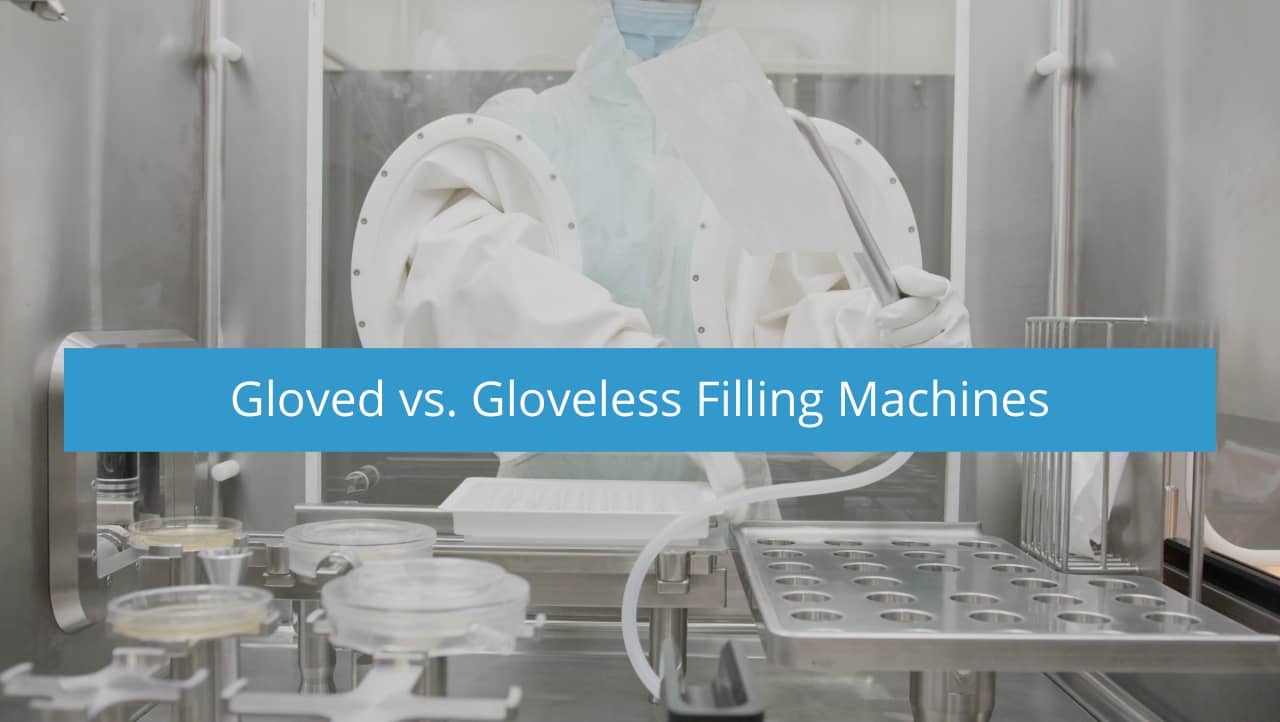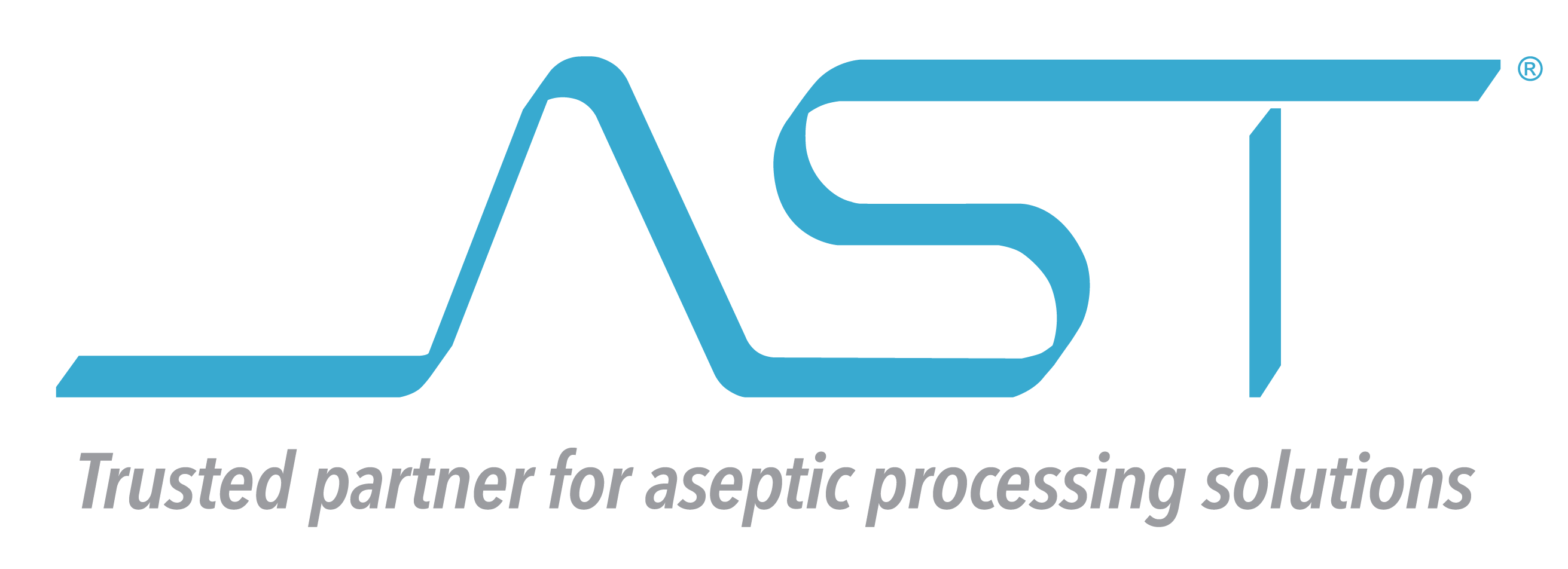Gloved vs. Gloveless Aseptic Filling Machines

When deciding on an aseptic fill/finish machine, the choice to use a gloved or gloveless isolator will arise – and we want to help with that decision. There are a few attributes to consider when choosing between a gloved or a gloveless isolator.
The decision between gloved isolators versus gloveless starts by first comparing options for handling emergency situations. Gloved isolators are designed to run without human interaction, but even the best aseptic processing machines will require intervention at some point. When a batch worth millions of dollars per vial stops due to an easily fixable problem, you don’t want to be on the outside of the proverbial vending machine, yelling at the candy bar to “jump!” when you are completely unable to do anything about it.
On the opposite side, the risk of contamination increases as more variables are added to the equation, and introducing a human-factor variable increases that risk just like anything else that is added.
Is absolute automation 100% perfect 100% of the time? In a perfect world – yes, in reality – no. The question then becomes “How do you address the problem at hand when things go wrong?” and “What is the cost?” Inevitably, when something goes wrong with the automation, at least some of the portion of the batch will need to be thrown out.
For a gloved isolator, having comfortable and easy ergonomics is essential. Making your operators’ jobs easier by having procedures in place to dictate when an intervention is allowed and what types of interventions are permittable is essential. Having the ability to intervene or work aseptically without introducing contamination or violating first air and being more comfortable should be a high priority on par with efficiency.
For a gloveless isolator, having safety protocols in place is vital so that when an emergency happens your operators are well prepared and know what to do to minimize product loss.
Whether you choose gloved and gloveless, there are features in both that you should be looking for including: Redundant sensors over critical points, as much automation for format change procedures as possible, and robust programs for training, implementing fail-safes, and tracking data.
There are many questions to ask when deciding between a gloved and a gloveless aseptic filling machine. How much more control over what is happening in the machine do you want to have? Is it worth sacrificing possible contamination to have that flexibility? Why should I care about ergonomics and what procedures do we need to have in place to dictate what happens when an emergency occurs? All these questions should be on your mind when deciding, and we hope this article has helped you in your research.
Learn more about our aseptic filling systems at AST Inc. and the various applications we support. Contact our aseptic processing experts today and find out how we can help your organization.

